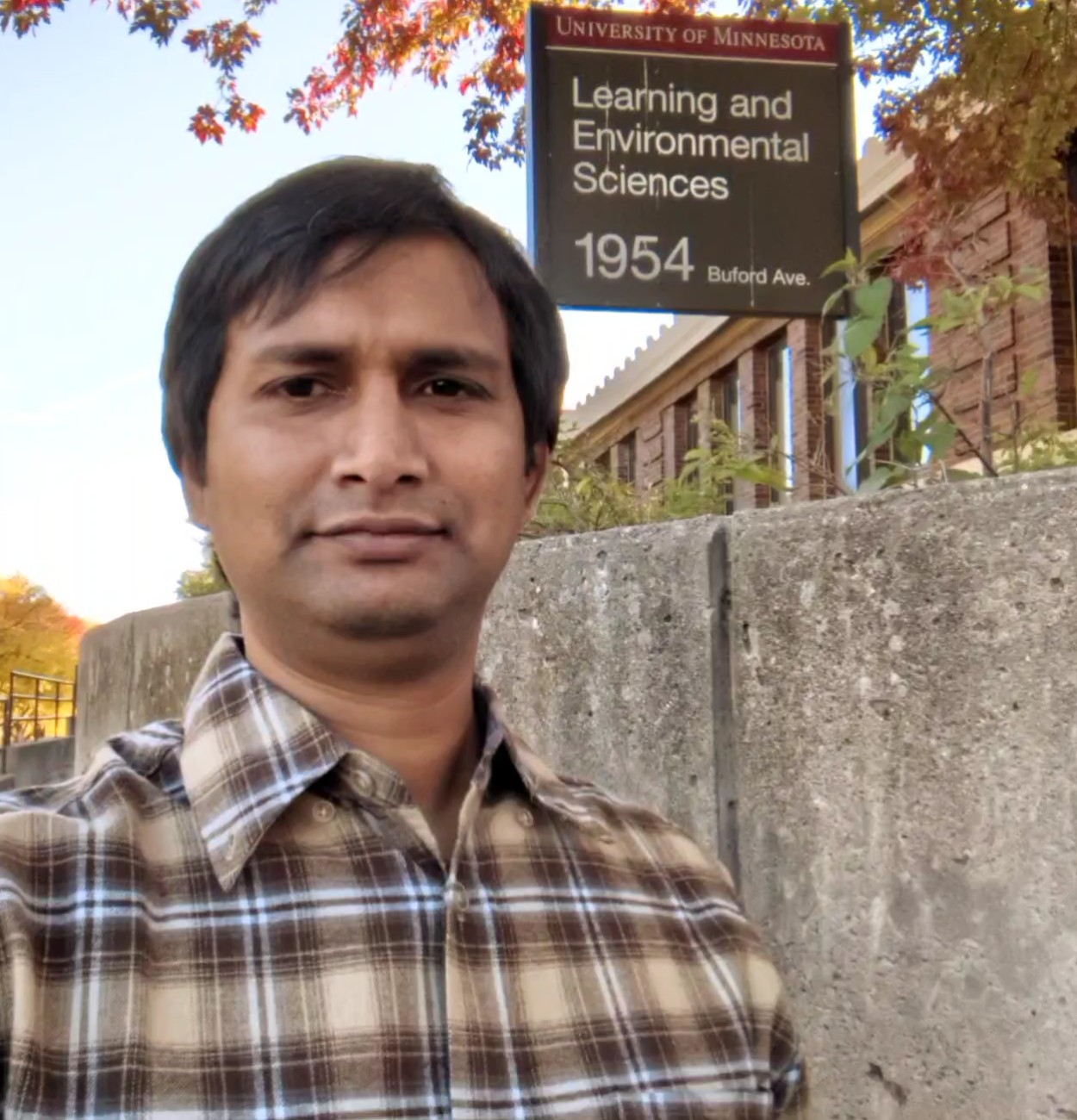Spatial Optimization of Earth-Economy Dichotomy
Published:
This project involves quantification and optimization of nature’s contribution to people. We conduct global-scale land use and management optimization of economic outcomes (such as agriculture, forestry, and grazing) and environmental outcomes (such as carbon sequestration, water quality, and biodiversity). Our spatial optimization and analysis are at the 300m resolution. There are several funding agencies involved in this larger project including The World Bank, Microsoft, and International Union for Conservation of Nature (IUCN).
The outcome of this project is several peer review articles and reports:
1) Damania, R., Polasky, S., Ruckelshaus, M., Russ, J., Chaplin-Kramer, R., Gerber, J., Hawthorne, P., Heger, M., Mamun, S., et al. (2023) “Nature’s Frontiers: Achieving Sustainability, Efficiency, and Prosperity with Natural Capital” Environment and Sustainable Development Series, World Bank Report. [Report]
2) Mamun, S., Dampha, N.K., Ricketts, T., Luers, A., & Polasky, S. “Investing in nature’s contribution to climate solutions” (2023). Frontiers in Ecology and Environment (submitted) [Paper] [Data and Code]
3) Polasky, S., Hawthorne, P., Chaplin-Kramer, R., Gerber, J., Mamun, S., et al. (2023) “Frontiers for Sustainable Development Through Landscape Efficiency” Science (submitted)
4) Schmitt, R., Madden, I., Kowal, G., Douglas, J., Hawthorne, P., Gerber, J., Brauman, K., Daily, G., Johnson, J., Mamun, S., et al. (2022) “Global gridded scenario of fertilizer impacts on human and freshwater health” AGU Fall Meetings
5) Author (TBD) “Agriculture and Biodiversity” IUCN Flagship Report (currently working, expected finish date: April 2024)
